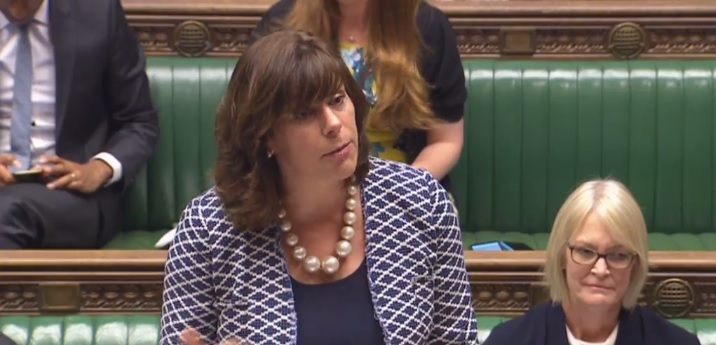
We conclude our recap of the most significant stories of 2018 for UK solar, remembering what happened throughout October, November and December. Energy minister Claire Perry, predictably, features heavily.
Duracell to launch AI-enabled home battery system next month for UK market
In early October, Social Energy announced a partnership with international battery brand Duracell to launch a home energy storage system, claiming it will enable big increases in the revenues available to owners of the devices.
Social Energy brands itself ‘the people’s utility’, and uses cloud-based AI and software platforms to allow connected energy storage systems to trade energy and participate in grid-balancing and network services platforms.
Following a Beta testing phase using BYD batteries and around five years of development and testing, the company says its partnership with Duracell will be commercially launched in the first quarter of 2019.
National Grid has approved Social Energy’s domestic battery offering to participate in demand side response (DSR) as well as provide grid-balancing services such as frequency response.
Energy minister signals shift on export tariff plans, declares it ‘wrong’ to provide solar for free
Months after the Department for Business, Energy and Industrial Strategy confirmed its intent to close the export tariff to new applicants from 1 April 2019, energy minister Claire Perry appeared to signal a policy U-turn when she told the House of Commons that solar “should not be provided to the grid for free”.
Perry was answering the first question of the day at a BEIS oral questions session from fellow Conservative Kevin Hollinrake, who asked if she believed that householders should expect some form of payment “rather than simply subsidising large energy companies”.
“I do completely agree that solar power should not be provided to the grid for free and that’s why I’ll shortly be announcing the next steps for small scale renewables,” the minister replied.
She later added in answer to a question from Richard Graham: “It would be wrong to have power provided to the grid for free.”
Which is why what happened just 28 days later came as such a shock to the industry…
Government confirms export tariff cull
Indeed, earlier this week BEIS confirmed that the export tariff will close to new applicants at the same time as the generation tariff, despite overwhelming opposition to the plans.
BEIS claimed a fixed and flat-rate export tariff does “not align with the wider government objectives” of a move toward market-based solutions.
The feed-in tariff scheme will therefore now close in full to new applicants from 31 March 2019.
However, the government has noted responses to the consultation which stressed the need for a route to market for small-scale generators after the expiration of the scheme, and has committed to report on specific proposals for such arrangements “in due course”.
UK subsidy-free solar to commence in 2019
But there’s brighter news on the horizon.
After some two years in the wilderness, the UK market will see the start of subsidy-free (or post-subsidy) large-scale solar farm deployment in 2019, according to our own head of market research Finlay Colville, who continues to track the market closely.
A host of developers are to break ground on post-subsidy sites over the course of 2019, including the likes of Lightsource, Next Energy Capital and Wirsol, and Solar Power Portal will be on hand to track those developments closely.
We will celebrate the advent of subsidy-free solar during a special ‘post-subsidy week’ starting 7 January, with further details to follow.

